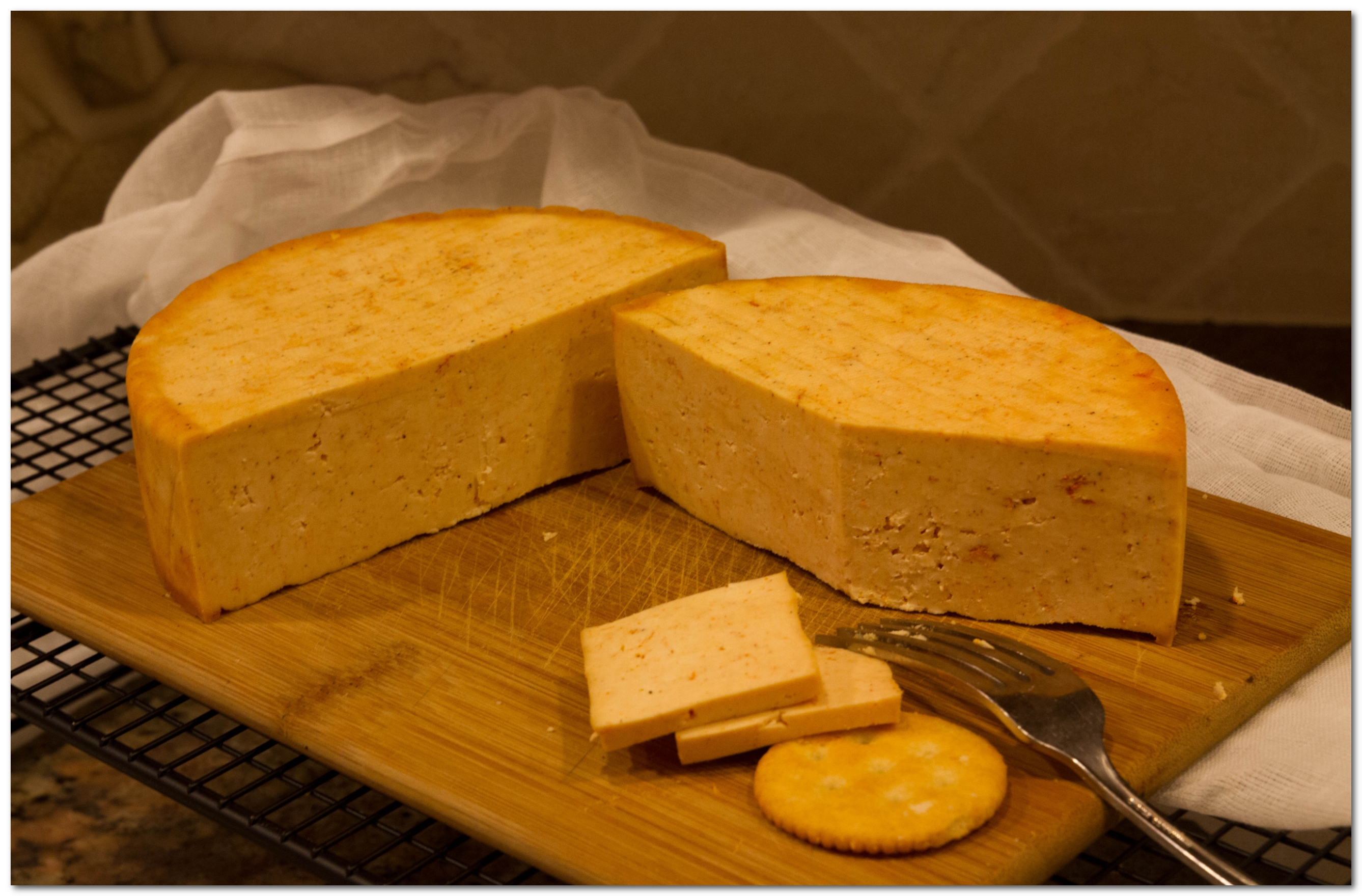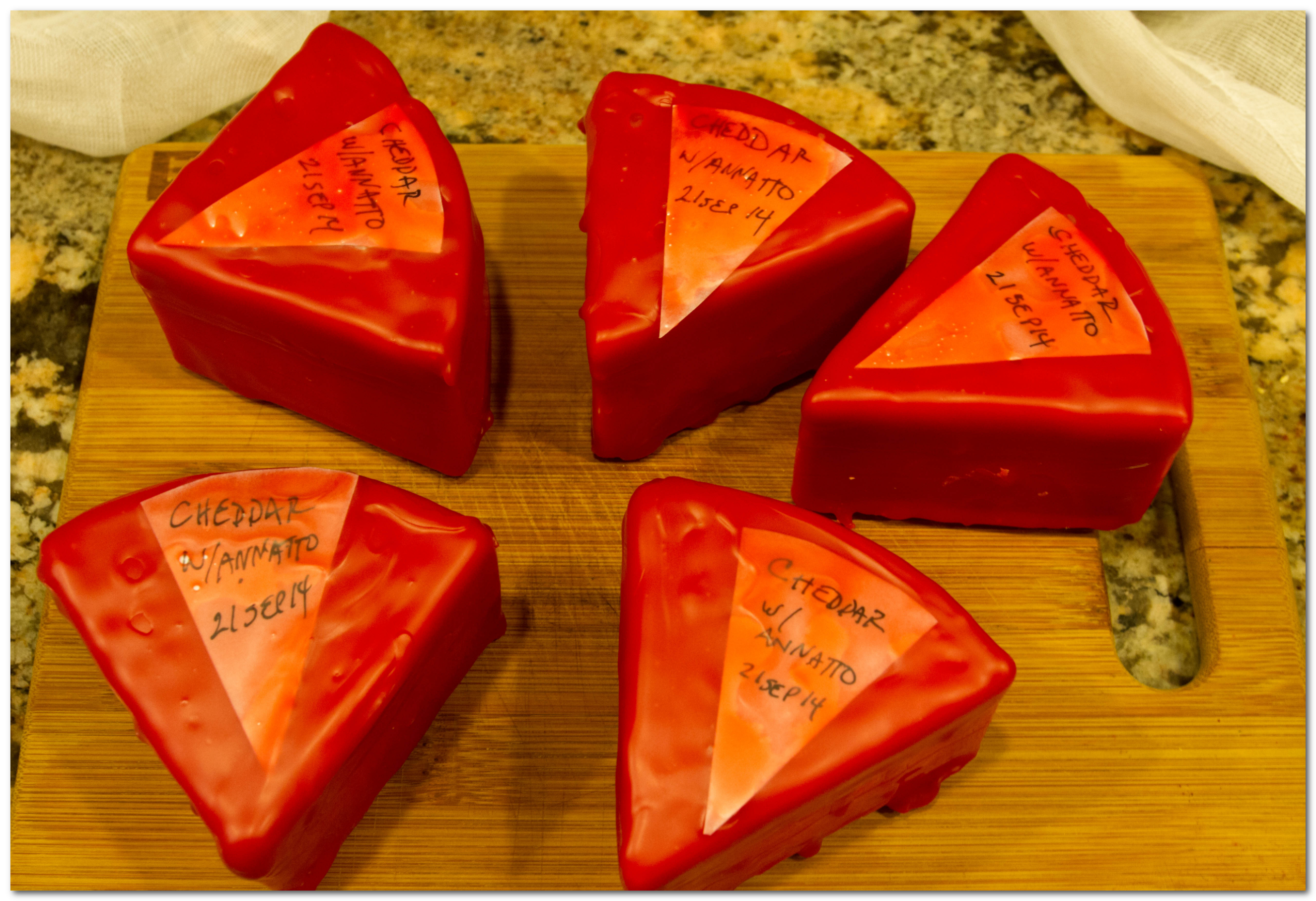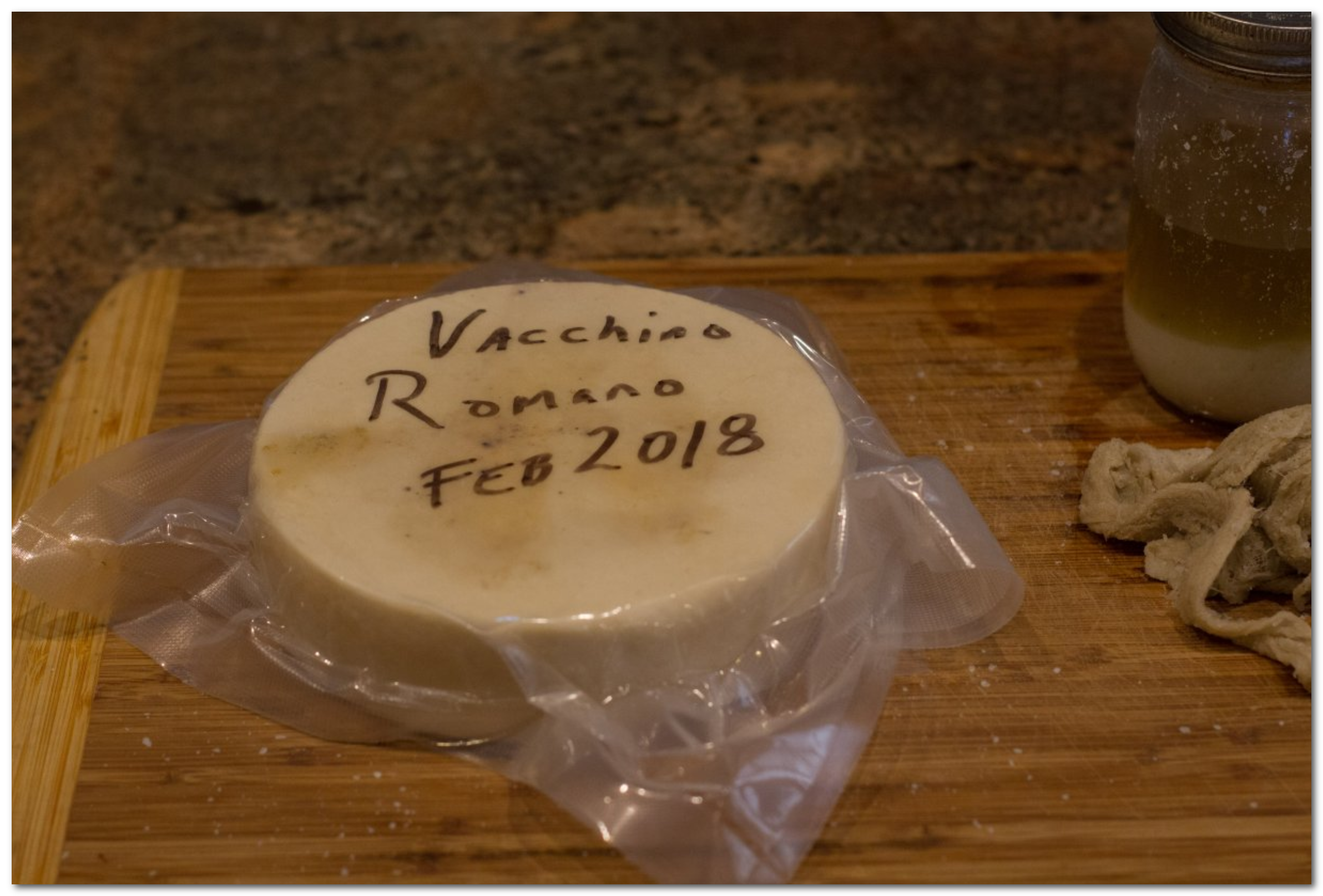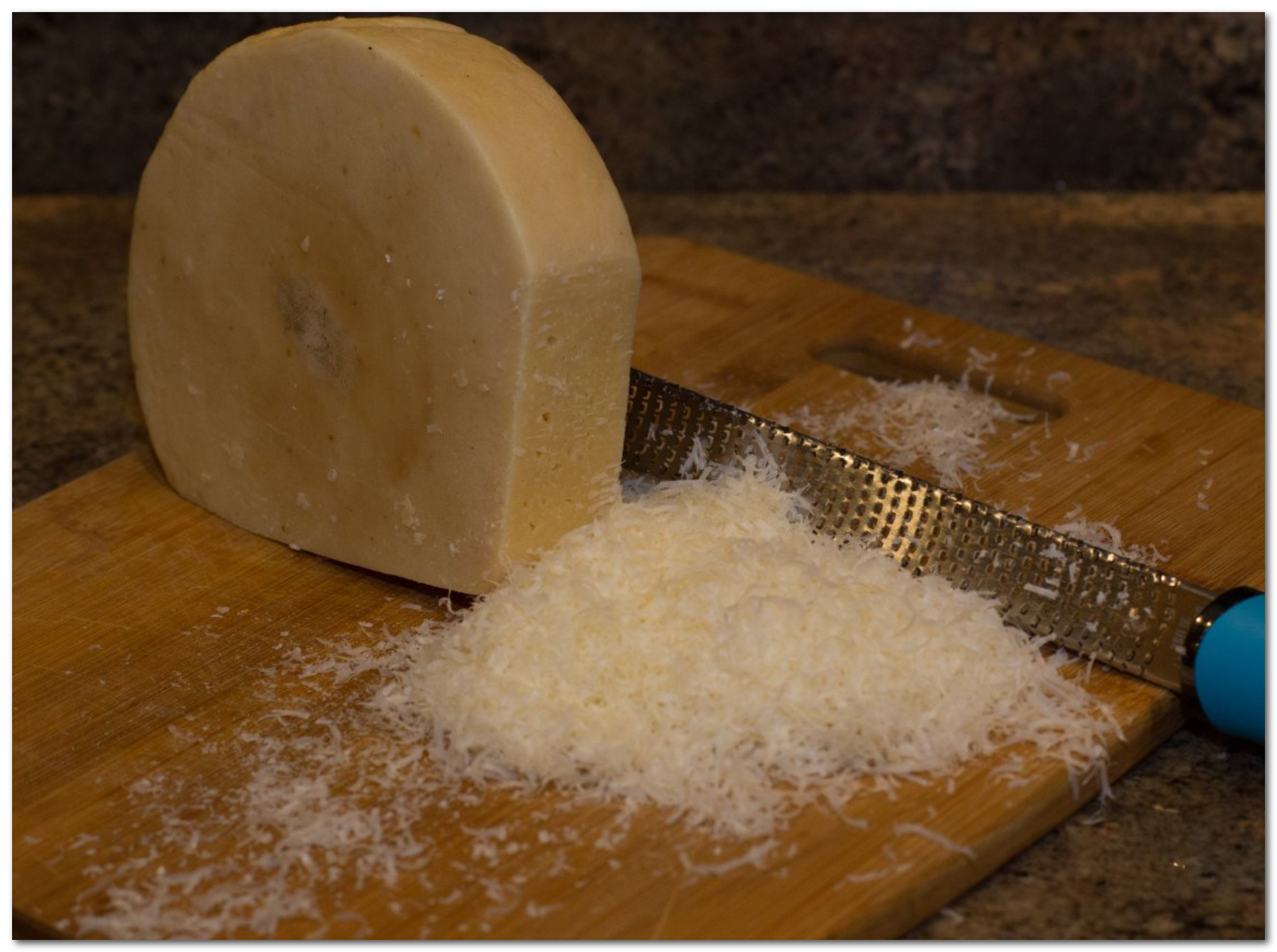Ok nice
Are those plastic sealers and boxes what people call "ripening boxes"?
About the sealers, are you using some type of vacuum bags? Or are they just ordinary plastic sealers? And where can I buy those?
And would ordinary plastic bags from any supermarket work just as well?
Or could even a plastic lunch box do the job perhaps?
So in a wine cooler, which is already humid from the extra glass of water(or something), that is put in there by the cheesemaker, the humidity might be perhaps 60-70%, right?
But the ripening boxes are going to keep an even higher moisture level than that right? Above 90% even maybe?
That is all correct.
The problem with most plastic bags like ziplocks is that they don't block oxygen. If you store a cheese in one of them, it might get moldy, and you might not want that (much to say on that subject, but I'll move on). So, you used the vacuum sealer and the bags for it and get a true seal - it's a replacement for wax (and a great improvement, in my opinion).




























![Craft A Brew - Safale S-04 Dry Yeast - Fermentis - English Ale Dry Yeast - For English and American Ales and Hard Apple Ciders - Ingredients for Home Brewing - Beer Making Supplies - [1 Pack]](https://m.media-amazon.com/images/I/41fVGNh6JfL._SL500_.jpg)

































